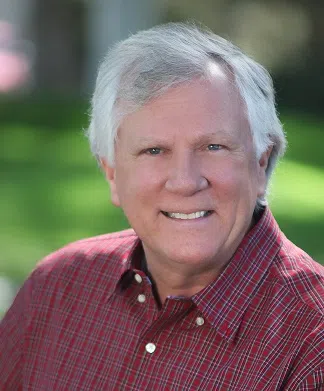By Timothy Gardner
WASHINGTON (Reuters) – Three Democratic U.S. lawmakers asked the head of ConocoPhillips for more information about a month-old natural gas leak from an oilfield in Alaska and implications for its nearby project on public lands.
U.S. Representative Raul Grijalva, the chairman of the House Committee on Natural Resources, and two of his fellow Democrats sent a letter to Ryan Lance, the chairman and chief executive of ConocoPhillips, asking why it took a month to identify the leak and control it.
More than 7.2 million cubic feet of natural gas, the main component of which is methane a potent greenhouse gas, escaped from the oilfield, the company and regulators said this month.
The leak on March 13 cut oil production at the Alpine field by about a third. Trace amounts of gas may continue to escape from the site, ConocoPhillips said in a video about the leak.
The lawmakers also asked why the company temporarily evacuated about 300 of its own personnel even as it publicly denied the leak was a threat to human health and safety.
“How close was this leak to becoming something more severe such as a blowout or explosion?” the lawmakers said in the letter.
Citing reports that the primary source of the leak was a well that was not fully cemented they asked “Is it standard industry practice to build wells that are not fully cemented?”
Dennis Nuss, a company spokesperson, said ConocoPhillips was reviewing the letter to determine a response.
Grijalva asked ConocoPhillips what the leak’s implications are for its proposed Willow project inside the National Petroleum Reserve-Alaska, a 23 million-acre (9.3 million-hectare) area on Alaska’s North Slope that is the largest tract of undisturbed public land in the United States. Grijalva’s committee has jurisdiction over oil and gas resources on public lands.
After peaking at more than 2 million barrels per day of crude production in 1988, Alaska’s oil output has been waning, hurt by reduced investment and better opportunities in the shale fields in other states. In 2021, the state produced just 437,000 bpd, according to the U.S. Energy Information Administration.
The Willow project holds an estimated 600 million barrels of oil, or more than what is currently held in the U.S. Strategic Petroleum Reserve, the country’s emergency supply stored in caverns along the Gulf Coast.
(Reporting by Timothy Gardner; Editing by Marguerita Choy)




